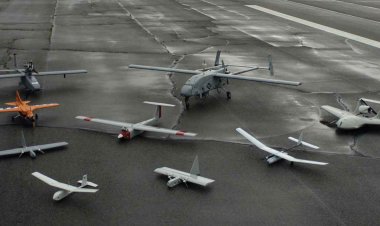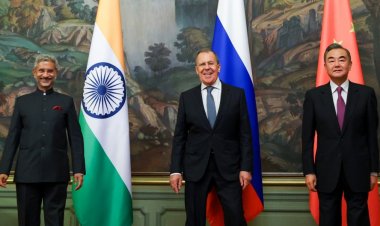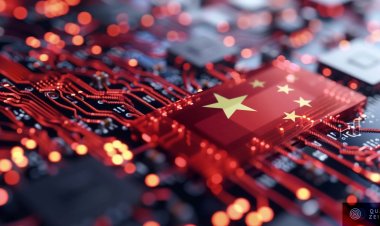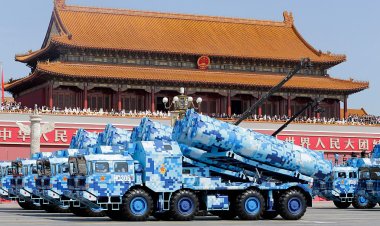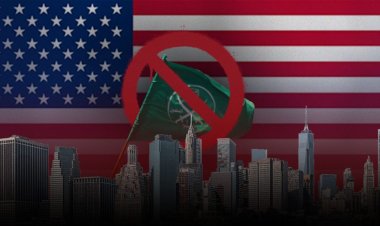The Smoke Screen of Chinese Armaments: Decluttering the Chinese Military Advancement Claims
China's façade of being a formidable and technologically advanced military power lacks credibility. Apart from the folks at "Global Times," the rest of the world is far from being convinced about the reliability of Chinese claims.
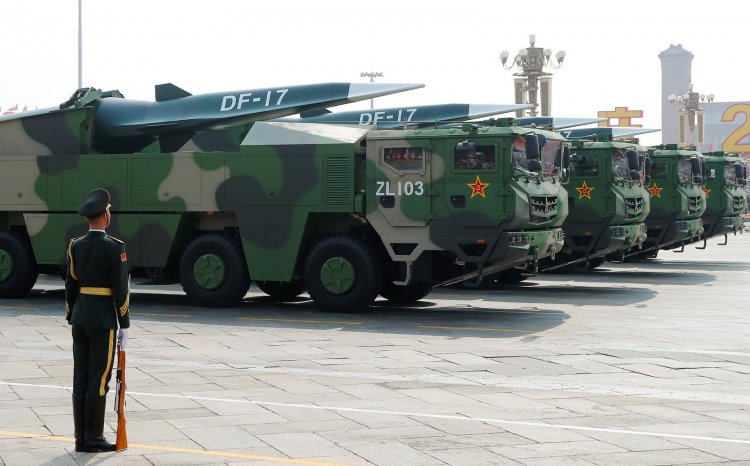
Analysis
By Abhilash Halappanavar
China's global geopolitical aspirations, backed up by growing economic clout in recent years, have shaped its defence technology choices, which reflect its strategic interest in strengthening its position in the global arms markets. Over the past decade, China has transformed into a major exporter, with enhanced capability to become one of the world's leading arms exporters. Beijing's primary strategy is offering low-cost, affordable service and upgrade packages with no political strings attached.
Given the position China has put itself in the wake of suspicious handling of the COVID-19 outbreak, the border standoff with India at Ladakh & increased hostility with the West when it comes to the South-China Sea and Hong-Kong's autonomy, Beijing is on a PR offensive in boasting its military capabilities to publicize its defence manufacturing to secure deals in the aftermath of global isolation. The Chinese Communist Party, through its offensive mouthpiece Global Times, has been making propaganda snippets of China's military prowess to intimidate countries who are critical of Beijing and its diplomacy.
The Fact of the Matter:
It appears that the glorification of Chinese missiles and plagiarized planes were nothing but a promotional sales pitch to countries seeking defence upgrades and modernization. Also, amidst standoff with India and other countries, Beijing plans to document its armaments operational history for potential arms buyers.
Chinese defence companies are aggressively expanding their proffers for weapons contracts, which are often in sync with China's trade and defence collaboration with certain developing countries in South-Asia, Asia-Pacific, and Central-Asia. However, it must be noted that China is using arms exports as an instrument of its "Diplomacy" to project power and clout, warranting it to create strategic dependencies in areas that are vital to China's interests, for example, in South Asia & Asia-Pacific. Beijing aims to achieve effective influence by aligning its political and strategic goals with technological advancements. This includes China's ability to restyle strategic alliances and balance power through international arms exports, technology transfers, and military cooperation.
The Reality:
While the above sounds very intimidating and intriguing, the reality is far from Beijing's hopes and projection of itself to the world audience. China's Defense Industry Complex is plagued with many technical deficiencies. The Chinese defence industry, despite its advancements, lacks the scope to innovate and to match the qualitative production standards attained by other major arms producers in the West.
Beijing's struggle to slender the technological gap with the other major powers is complicated by the pace of technological progress set during the Cold War, which is yet to dwindle. Due to this reason, China continues to rely on foreign states for developmental yardsticks in several weapon development segments, and there is a growing concern about the quality of the arms produced by the Chinese industry. However, the divergent strides at which technological frontiers are advancing and the uneven defence-industrial progress has resulted in making China better positioned in some sectors than others. Beijing has consolidated its strength in areas such as shipbuilding and armoured combat vehicles but stands weak in areas where aerospace and electronic warfare is concerned.
The West vs. China:
Adding to the hindrances in China's ambitions is the significant political opposition it faces from a host of other countries. Many states have been on the lookout to restrict Chinese access to defence-related technologies, components, accessories, and the firms that manufacture them. The opposition count in both the technology control regimes and investment review processes such as the United Kingdom's "National Security & Investment Bill," and more focused measures enforced to bring policy changes in China, such as the arms embargo imposed by the US & European Union in the wake of the Tiananmen Square incident in 1989. Such sanctions will continue to impede China's efforts to offset the weaknesses of its Defense complex by drawing on the offshore industry.
The Chinese Cryptomnesia:
The extent to which China relies on drawing technological input from foreign defence industries can be illustrated by the revelation that the CAIC Z-10 attack helicopter was designed by Russia's Kamov Design Bureau, which alone showcases Beijing's ongoing struggle for self-reliance in defence-industrial development. Besides, its publicity, propaganda, and pitches like the unmanned combat aerial vehicle (drone) CASC Caihong-4 & Wing Loong-II are rip off versions of the US MQ-9 Reaper. The same is the case with the PLAAF's JF-17, which is almost a MiG21, akin to the IAF's MiG-21 Bison, and J-16 and J-11 are the Chinese versions of SU-27 of Sukhoi imports from Russia.
Such dependencies of China are expected to continue, and it will require assistance from countries like Russia, and not forget its appetite for industrial espionage, particularly where R&D is concerned. Ultimately, this is culminating in the ruining of Chinese defence-industrial progress to meet expectations, both in terms of reaching significant breakthroughs and attaining the developmental and production targets.
China's technological requirements will be most significant in the aerospace sectors, where the pace of technological progress is swift. Undue reliance on offshore industry for advanced technologies discourages applying resources to R&D, potentially undermining efforts to develop the innovative capacity of Chinese industry, particularly in high-technology sectors, which in turn will have important implications for the development of the industry over the long term if this practice continues.
China can at its best offer only a handful of advanced weapons systems that are competitive in the international arms trade. It has very few takers for its advanced fighter jets, in particular, the JF-17 and the J-10. The only significant sale of the JF-17 has been to Pakistan. This sale was mainly because Pakistan is producing the plane jointly with China. Interestingly, the PLAAF itself does not have a JF-17 operational squadron of its own, which illustrates China's trust deficit in its indigenous production.
The flimsiness of the Chinese Defense Products:
Countries that have procured Chinese weapons systems have removed Chinese components and replaced them with Western components & accessories. It is mainly due to the inferior quality standards of Chinese components regarding critical technologies such as jet engines and electronics. For example, the Adhafer Class corvettes acquired by Algeria from China were eventually fitted with radar manufactured by Thales Nederland along with the fire-control and communications gear. Pakistan Air Force's JF-17 jets use a Russian RD-93 Turbofan engine instead of the Chinese made WS-13 Taishan engine. Similarly, Thailand turned to the Swedish Defense giant Saab to upgrade its Chinese built frigates.
Conclusion:
In summary, Chinese arms are just an extension of Beijing's quest for influence. China has managed to sell military equipment to countries that are incapable of buying Western or Russian weaponry or to countries that have been subjected to arms sanctions like Venezuela and Iran. Countries in the Gulf, except for UAE and Saudi Arabia, have just purchased a few support systems from China.
China's facade of being a formidable and technologically advanced military power lacks credibility. Apart from the folks at "Global Times," the rest of the world is far from being convinced about the reliability of Chinese claims. The self-proclaimed advancements in key military technologies by Beijing are nothing more than a "Myth" as the reality on the ground is quite harsh for the Chinese Defense Manufacturing Complex compared to the rosy advancements portrayed by its PR machinery to sell its story to the world. This Smoke Screen is nothing more than a sales trap for potential buyers of Chinese armaments.
Abhilash Halappanavar is a Junior Fellow at Usanas Foundation. He focuses on defence and technology.
Disclaimer: This paper is the author’s individual scholastic contribution and does not reflect the organisation’s viewpoint.


